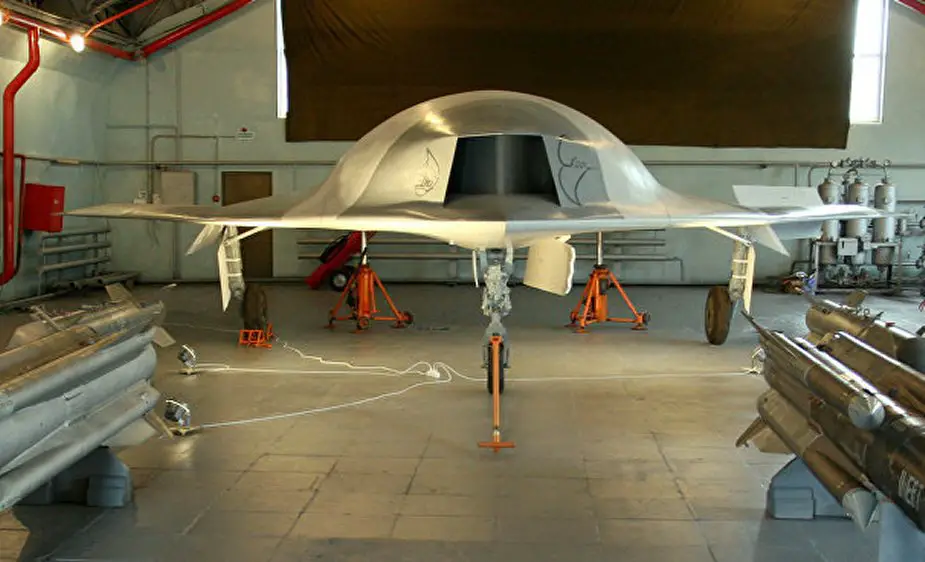Breaking news
MiG reportedly resumed work on Skat UCAV.
The Russian Aircraft Corporation MiG has resumed its work on the Skat combat unmanned aerial vehicle whose design will contain technologies that make drones less noticeable for radars, a defense industry source told TASS.
 A mock up of MiG's Skat UCAV
A mock up of MiG's Skat UCAV
(Credit: Sputnik/Anton Denisov)
"The company has resumed its work on Skat. It plans to create the preproduction model of a jet-propelled drone in the next few years," the source said. He added that the Russian Defense Ministry had shown interest in the vehicle’s development.
For its part, the MiG Corporation told TASS that works to create drones of various type and size had been underway for the past few years. However, the MiG refused to confirm information on concrete developments for confidentiality reasons.
According to open sources, the MiG Corporation began to develop the Skat on its own initiative back in 2005 but was forced to stop the work because the Russian Defense Ministry had shown no interest in the project.
The MiG presented its program of development of the Skat unmanned combat aerial vehicle and its full-size mockup to journalists on the sidelines of the MAKS-2007 International Air Show.
The Skat combat drone is designated to deliver strikes at stationary targets, which have been detected by reconnaissance units in advance, as well as mobile and sea targets autonomously or as part of a group jointly with piloted aircraft.
The Skat mockup was meant for assessing the vehicle’s characteristics.
The configuration of the unmanned combat aerial vehicles was based on the ‘flying wing’ principle and had the form of a triangle. There was an engine air intake in the nose compartment. The attack weapons (such as anti-ship and anti-radar Kh-31A and Kh-31P missiles as well as guided missiles with a television aiming system) was deployed in the internal compartment.
The MiG leaders who attended the MAKS-2007 air show said that there had been plans to build a flying demonstrator laboratory for practicing UAV technologies. Both the piloted and unmanned variants of the drone were to undergo trials, which were supposed to demonstrate all UAV technologies, including the use of weapons.
© Copyright 2018 TASS. All rights reserved. This material may not be published, broadcast, rewritten or redistributed.



















